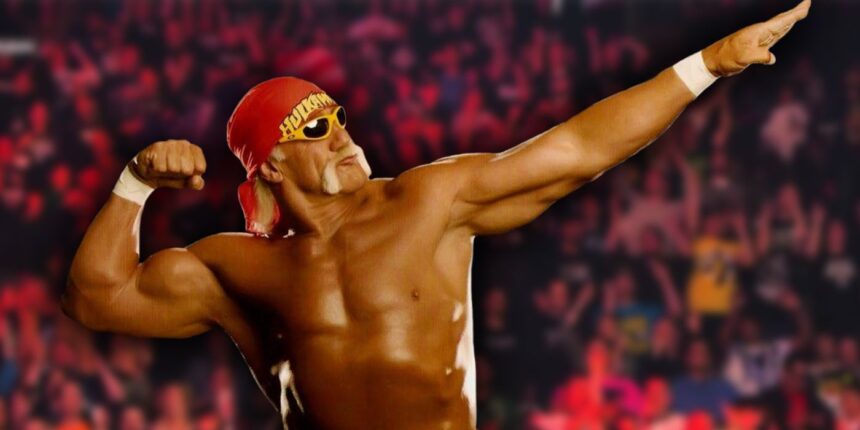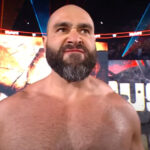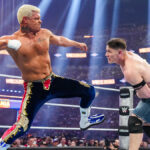Every wrestler has their signature moves and gestures, and Hulk Hogan is no exception—he developed numerous iconic poses and styles before, during, and after his matches. Fans have long mimicked these moves, captivated by his charisma. Often, "dirty and nasty" villains would copy Hogan’s tactics to rile up the audience, even during matches where Hogan himself wasn’t present. Much like many aspects of modern pro wrestling, Hulk Hogan pioneered these moves and set the standard for future generations.
Hulk Up
- A wrestler’s comeback typically signals the match is nearing its end.
- The crowd eventually joins in chanting "Hulk, Hulk!"
- Randy Savage once boosted Hogan by delivering an elbow drop that helped him "Hulk Up."
Many wrestlers have signature comeback moments, but Hogan’s became legendary. After enduring a barrage of punches, he would stomp around the ring, pointing emphatically before unleashing his famous red-and-yellow fist swings amid the roaring crowd’s support.
Big Boot and Leg Drop
- Hogan’s finishing move in Japan was the AX Bomber.
- Years of executing combos took a toll on Hogan’s waist.
- Few wrestlers could escape the devastating big boot and leg drop.
Following his signature comeback, Hogan would position his opponent on the mat, typically bouncing them off the ropes, delivering a massive boot to the face, and finishing with a jumping leg drop across their throat.
Post-Match Pose
- “Hogan has to pose” began as a joke during a conversation with Bruce Pritchard.
- The ear-cupping gesture has been adopted by wrestlers worldwide.
- One of Hogan’s final WWE pose-downs was with John Cena.
The ultimate goal was to entertain fans at home and in the arena, especially during wrestling’s expansion era. Hogan’s classic pose—flexing his biceps and cupping his ears—became a crowd favorite. Admit it: you’ve probably tried it yourself.
“Let Me Tell You Something, Brother”
- Hogan was inspired by Dusty Rhodes, who dominated Florida wrestling.
- Before wrestling, Hogan played bass in a local Florida band called Ruckus.
- Hogan debuted in 1977 as the Super Destroyer.
Hogan’s promo style was unique and heavily imitated. His catchphrase, "Let me tell you something, brother," became legendary as he dramatically detailed how he would conquer his opponents, finishing with "Whatchu gonna do when Hulkamania runs wild on you?!"
Flexing His 24-Inch Pythons
- Hogan’s style and physique were influenced by superstar Billy Graham.
- Early Hogan training montages featured the song by JCROBERTS.
- Famous for his workouts at Gold’s Gym, Hogan’s 24-inch biceps became iconic.
Though they weren’t the largest muscles in wrestling, Hogan’s charismatic talk about tearing opponents apart made fans believe in his strength and persona.
Train, Say Your Prayers, Take Your Vitamins, Believe in Yourself
- Hulkamania began in the American Wrestling Association (AWA).
- He returned to WWE after Verne Gagne refused to book him as champion.
- Veteran babyface Bob Backland supported Hogan’s WWE comeback.
Hogan’s mantra encapsulates what he represented to fans—training hard, faith, health, and confidence. These words continue to inspire both fans and future wrestlers.
Rip the T-Shirt
- Before training, Hiro Matsuda broke Hogan’s leg.
- Hogan’s serious return impressed Matsuda.
- Jack and Jerry Briscoe helped Hogan early in his career.
One of Hogan’s most famous moves was tearing off his red and yellow shirt, creating an unforgettable souvenir for fans, often using it to hype the crowd or taunt opponents during heated rivalries.
“Voodoo Child” Air Guitar
- "Voodoo Child" is a legendary Jimi Hendrix song.
- WCW paid $100,000 for the rights to use it.
- Eric Bischoff didn’t expect Hogan’s rebellious act of spray-painting the WCW title.
When Hogan turned heel and became Hollywood Hulk Hogan, it was a huge gamble that paid off, transforming him from wrestling’s top babyface to a legendary villain in the NWO faction.
“Real American” Theme Song
- Hogan’s original WWE theme was "Tiger’s Eyes."
- “Real American” was composed by Rick Dillinger.
- This song was initially meant for the US Express tag team.
While Hogan had an earlier theme, “Real American” became iconic, energizing arenas worldwide and becoming synonymous with his arrival as Hulkamania ran wild, embodying his larger-than-life character.
Fan Take: Hulk Hogan’s signature moves, promos, and larger-than-life persona helped shape professional wrestling’s golden era and continue to influence today’s stars. For WWE fans, understanding Hogan’s legacy means appreciating the foundation of modern wrestling storytelling and the vibrant culture that grew from his charisma and innovation.













